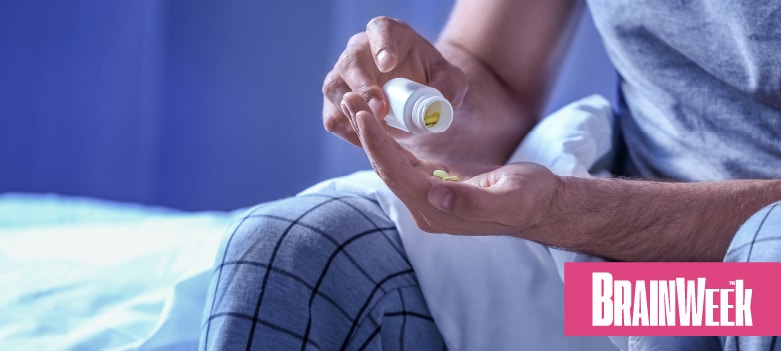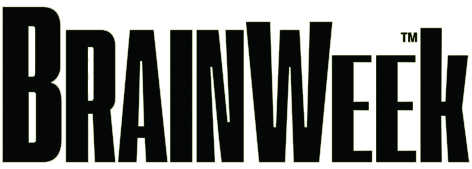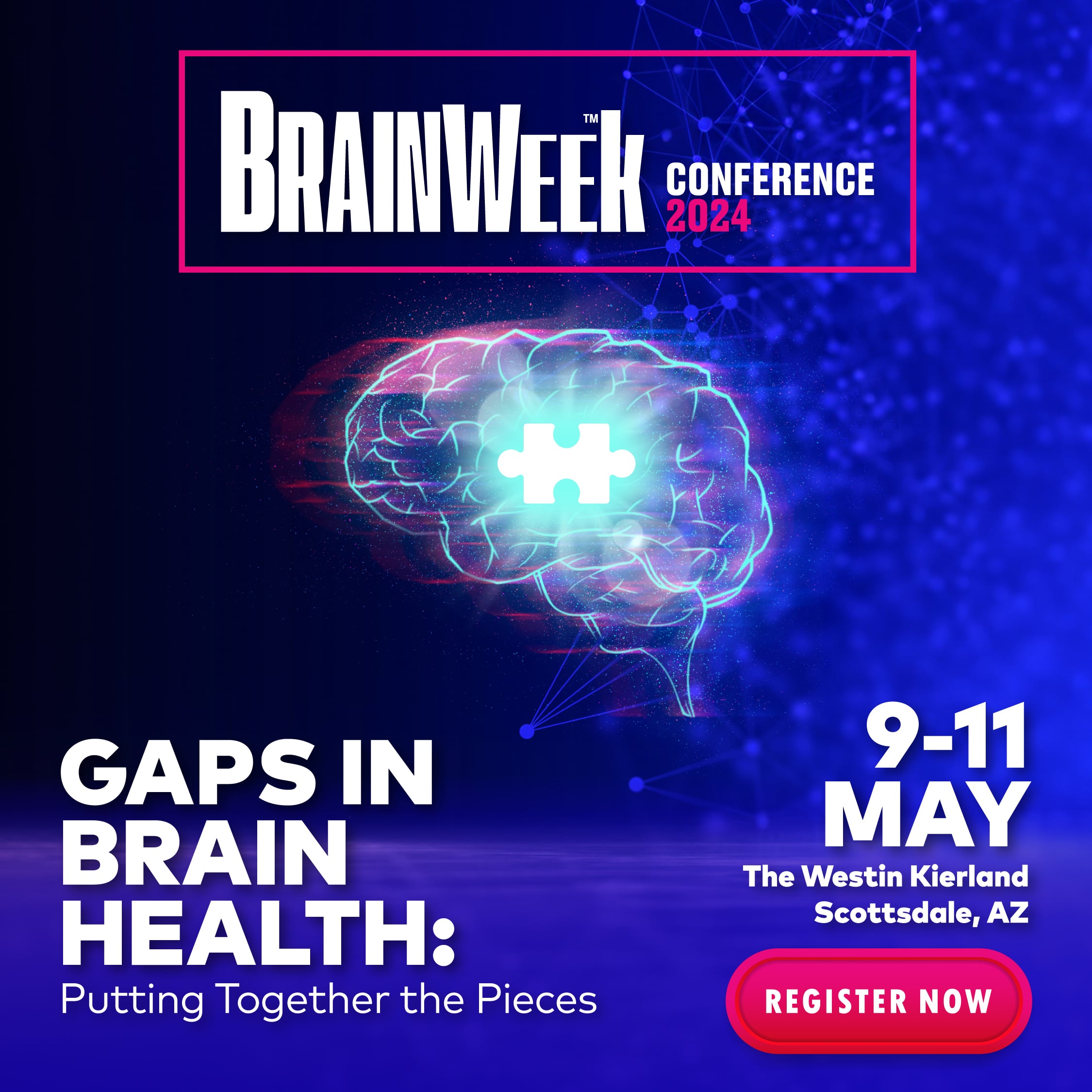
In honor of World Sleep Day yesterday, March 15, we’re bringing the frontlines of sleep management and treatment to you. Nearly 50 to 70 million Americans suffer from chronic or ongoing sleep disorders. Sleep deficiency is linked to multiple chronic health issues, including heart disease, kidney disease, high blood pressure, diabetes, stroke, obesity, and depression. It is also associated with a higher risk of accidents and injury, including serious car crashes, plane crashes, broken bones, and falls.
Let’s take a journey through the fantastical realms of dreamland and explore the following categories of sleep disorders.
- Insomnia
- Obstructive Sleep Apnea
- Narcolepsy
- Restless Leg Syndrome (RLS)
With expert and comprehensive sleep disorder knowledge, you’ll be able to apply appropriate care strategies to enhance patient outcomes and overall well-being.
Insomnia Demystified: Understanding and Treating the Most Prevalent Sleep Disorder in the US
What is insomnia?
It’s estimated that 30% of the population have experienced insomnia at some point, while 5% to 10% qualify for insomnia disorder. Insomnia is classified as difficulty falling asleep, staying asleep, and obtaining sufficient quality sleep, which causes some daytime consequences.
The International Classification of Sleep Disorder Third Edition (ICSD-3) recognizes three types of insomnia: short-term, chronic, and other. Short-term insomnia is experienced for less than three months. Chronic insomnia is when complaints are at least three times a week for at least three months. Other insomnia is any condition in which insomnia symptoms are present but the criteria for short-term or chronic are not fully met.
The exact cause of insomnia is unknown, and several studies point to sustained hyperarousal across the sleep-wake cycle.
How to evaluate and assess insomnia in the clinical setting
The current standard for primary diagnosis is a clinical evaluation with a complete and thorough sleep history and detailed medical, substance, and psychiatric history.
When possible, the consensus is to ask patients to complete a self-administered questionnaire, 2-week sleep diaries, symptom checklists, psychological screening tests, and bed partner interviews.
Asking sleep-related questions during the general review of systems and asking patients with sleep complaints to keep a sleep diary will help to accurately diagnose insomnia in the primary care clinical setting.
What are the current and emerging treatment options?
Behavior and pharmacologic therapies are used in treating insomnia. The American Academy of Sleep Medicine and the American College of Physicians recommend cognitive behavioral therapy for insomnia (CBTi). To overcome barriers to access, nonsleep specialists have been trained in CBTi and more diversified approaches (group therapy, telehealth, and self-help books) are available to patients.
When CBTi alone produces suboptimal effects, short-term pharmacologics can be used complementary to therapy. Tolerance, abuse, allergic reactions, and undesired side effects are the main concerns around pharmacological interventions, and many novel drugs are being explored to meet the need for safe and effective options. Three FDA-approved drugs for insomnia are noteworthy: ramelteon (2005), doxepin (2010), and suvorexant (2014).
There are mixed views on the harsh side effect profile of suvorexant, and the single orexin receptor antagonist (SORA) seltorexant (MIN-202) is currently in phase 3 trials as an alternative.
The discovery of orexinergic antagonist suvorexant is particularly exciting; it’s the first drug to target the orexinergic system approved by the FDA for sleep disorder management. Furthermore, the novel and innovative FDA-approved device, EBB, is available to relieve insomnia symptoms by maintaining the temperature of the forehead within a specific range.
View the American Academy of Sleep Medicine’s New Guidelines for the latest on the pharmacologic treatment of chronic insomnia in adults.
Clearing the Air on Obstructive Sleep Apnea and Exciting Advances in Treatment
What is obstructive sleep apnea?
OSA is the most common of the sleep-breathing disorders, with an estimated prevalence of 15% of males and 5% of females. Obesity is one of the most significant risk factors for OSA, so it is not surprising that as obesity rates increased there has been an uptick in OSA. Other risk factors include gender, age, craniofacial and upper airway abnormalities, and to a lesser degree, smoking, diabetes, a family history, and asthma.
OSA is the temporary, but repeated, collapse of the upper airways. As a result, patients experience episodes of apneas and hypopnea, leading to sleep fragmentation, oxygen desaturation, and excessive daytime sleepiness (EDS).
How to evaluate and assess obstructive sleep apnea in the clinical setting
As part of your clinical evaluation, evaluate for symptoms of OSA like daytime sleepiness and reports of feeling unfreshed or fatigued. Other symptoms may include frequent nocturnal waking due to choking or gasping, nocturia, morning headaches, poor concentration, irritability, and erectile dysfunction. Bed partners may report snoring or even witnessed apneas.
Since symptoms do not correlate with disease severity, it will be important to look out for milder symptoms. The following clinical tools can help you identify those with a high pretest probability for OSA: Sleep Apnea Clinical Score, Berlin Questionnaire, cricomental distance, OSA50, STOP-Bang, and elbow sign questionnaire.
The gold standard for diagnosis of sleep apnea is full-night polysomnography. In symptomatic patients with a high pretest probability of OSA and without clinically important cardiopulmonary comorbidity, it may be appropriate to use at-home sleep tests.
What are the current and emerging treatment options?
OSA is a chronic condition and requires long-term management tailored to the unique needs of your patient. Treatment options include positive airway pressure (PAP) machines, oral appliances, and implants. Lifestyle modifications are also recommended, such as regular exercise, weight loss, and avoiding alcohol and smoking.
While the first line of treatment remains the Continuous PAP (CPAP), efficiency is limited by patient adherence, and alternatives may be offered, such as surgical interventions, hypoglossal nerve stimulation, and pharmacotherapy.
In 2024, exciting novel oral therapies are in the pipeline for sleep apnea that have promise in not only treating sleep apnea but also in stroke, dementia, and other various neurological populations. These novel therapies have the potential to help those patients who cannot tolerate CPAP, afford dental appliances, or achieve weight loss.
In addition, trials like Sleep SMART are underway to explore the multimillion-dollar question: If you start someone on CPAP or other therapy for sleep apnea, does it reduce their risk of future strokes and other vascular comorbidities?
Other trials launching soon aim to explore the questions: Does sleep apnea treatment reduces the overall incidence of dementia and can CPAP stabilize and improve cognition?
These upcoming studies may hold the key to understanding whether sleep apnea treatment can significantly reduce the risk of future strokes and improve overall mortality!
Navigating Narcolepsy and Next-Generation Therapeutic Approaches
What is narcolepsy?
Narcolepsy is quite rare and affects just 1 in 2000 individuals worldwide. This sleep-wake disorder is caused by a deficiency of orexin, also known as hypocretin, a signaling peptide produced by the hypothalamus that helps regulate wakefulness.
The cardinal feature of narcolepsy is daytime sleepiness often with sleep attacks (falling asleep inappropriately with little to know warning). Other classic symptoms include sleep paralysis (transient paralysis immediately upon waking)) and cataplexy (sudden muscle weakness that can be local or generalized in response to sudden emotions). Moreover, two types of hallucinations may occur: 1. Hypnagogic, which occurs immediately before sleeping, and 2. Hypnopompic, which occurs immediately after waking.
Narcolepsy is classified as either Type 1 type 1 (NT1) or type 2 (NT2). NT1 presents with cataplexy and/or orexin peptide deficiency, while patients with NT2 have no evidence of either.
How to evaluate and assess narcolepsy in the clinical setting
To diagnose narcolepsy, a clinical examination and detailed medical history are essential. If possible, ask patients to record a 2-week sleep diary. The physical exam will rule out or identify other neurological issues.
Next steps are: 1. Polysomnogram (PSG or sleep study) to identify when REM sleep occurs and rule out sleep apnea and other sleep disorders, and 2. Multiple sleep latency test (MSLT) to access how quickly a person falls asleep and when they enter REM sleep.
In some cases, it may be helpful to perform a spinal tap to measure the level of hypocretin.
What are the current and emerging treatment options?
In addition to pharmacotherapy, nonpharmacologic approaches may help, such as avoiding drugs that are known for exacerbating symptoms, naps, sleep hygiene, psychosocial support, and general health maintenance.
Pharmacotherapy management involves specific medications to treat the symptoms:
- Stimulants aim to reduce excessive daytime sleepiness: modafinil, methylphenidate, and dextroamphetamine
- REM-suppressing antidepressants aim to reduce cataplectic effects: clomipramine, venlafaxine, and fluoxetine
Major advancements in therapies for narcolepsy include oxybate medications and pitolisant. Though an oral orexin trial was halted for liver injury, oral orexin agonists show a lot of potential and continued study may unleash huge promise for narcolepsy and related conditions.
Understanding Restless Leg Syndrome (RLS) and Emerging Treatment Frontiers
What is RLS?
RLS, also known as Willis-Ekbom disease, is the most prevalent sleep-related movement disorder. It affects 5% to 15% of the adult population. The hallmark of RLS is the urge to move the legs associated with uncomfortable or unpleasant sensations. This symptom is heightened during inactivity or when trying to sleep. Movement may partially or completely relieve this unpleasant urge.
Symptoms follow a circadian pattern, most pronounced at night and absent or near absent in the morning. It is critical to get a clear diagnosis to rule out other conditions with similar symptoms (leg enema, leg cramps, arthritis, habitual foot tapping, etc.) Night wakings and insomnia may lead to EDS.
There are two types of RLS: 1. primary, which is early onset (40 years of age and under), slow progression, and often runs in families, and 2. secondary, which is later onset (after 40 years of age), faster progression, and tends to be seen in the context of other medical conditions (iron deficiency anemia, kidney failure, neuropathy, or pregnancy).
The etiology idiopathic of RLS is not fully established, but growing evidence suggests alterations in iron and dopamine pathways. An abundance of evidence suggests genetic factors in the pathophysiology of RLS.
How to evaluate and assess RLS in the clinical setting
It is challenging to properly diagnose RLS because there are no single tests. However, to meet this need, the International Restless Legs Study Group has proposed the following four criteria essential in the diagnosis of RLS:
- An urge to move the legs, accompanied by or caused by unpleasant sensations in the legs. Sometimes the urge is present without unpleasant sensations, and sometimes these sensations are present in the arms
- The urge to move the legs is present when resting or inactive
- The urge to move the legs is partially or relieved with movement
- The urge to move or unpleasant sensations are worse at night time as compared to day or only occur at night
There is a painful lack of information and an unmet need for more research and guidelines for the diagnosis and management of RLS. At this time, it can be helpful to use family history and positive responses to treatment to confirm/disconfirm diagnosis.
What are the current and emerging treatment options?
Secondary RLS treatment is to treat/control the underlying medical condition.
Primary RLS pharmacological management options are: dopamine agonists (pramipexole, ropinirole, rotigotine), anticonvulsants (gabapentin and its analogs, pregabalin), oral or intravenous iron, opioids, and benzodiazepines. Dopaminergic agents are the first line; however, dopaminergic therapy can augment symptoms over time, increasing overall symptom severity, and are not advised for some with a history of psychiatric disorders.
Nonpharmacological treatments include healthy sleep patterns, regular exercise, limiting the caffeine, tobacco, and alcohol, and avoiding medications that can aggravate RLS symptoms.
There is an unmet need for safe and effective RLS treatment options. To fill this gap, there are trials underway for the use of medical cannabis for refractory RLS. Ongoing studies exploring cannabis and neurostimulation may potentially change the therapeutic landscape for RLS.
Keep Up the Momentum at BRAINWeek 2024
At this year’s BRAINWeek 2024, Alon Y. Avidan, MD, MPH, HAAN, FAASM, Director, UCLA Sleep Disorders Center, will lead two stimulating sessions on sleep:
- “Doctor, I cannot Sleep, Please Help!” Chronic Insomnia Disorder: Mechanism, Evaluation, and Multidisciplinary Management
- Hypersomnia and Narcolepsy: Recognizing Symptoms, Appreciating Differential Diagnosis, and Reviewing 21st Century Management Options
This May, join us for the brain health event of the year, where multidisciplinary experts will present a wide range of diverse topics carefully selected by the BRAINWeek scientific and education committee to address the most pressing needs of the community.













